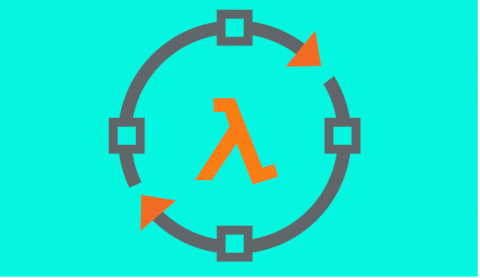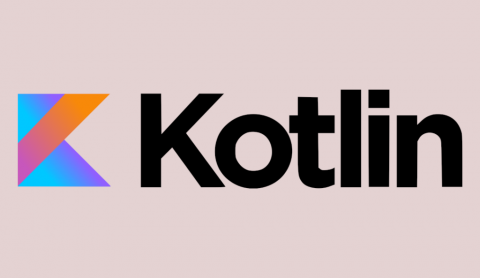The other half of software: what lurks between business logic
In 2016 I was the tech lead for a greenfield project completely devoid of legacy–I held the engineer’s promised land in front of me! I bit off as much new stuff as I could – serverless, event sourcing, functional programming, the whole gambit of cool. This is normally a very bad idea, but I had a team of strong engineers who had prior experience in this stuff, and we were ready to be technology pilots for the broader organization.




